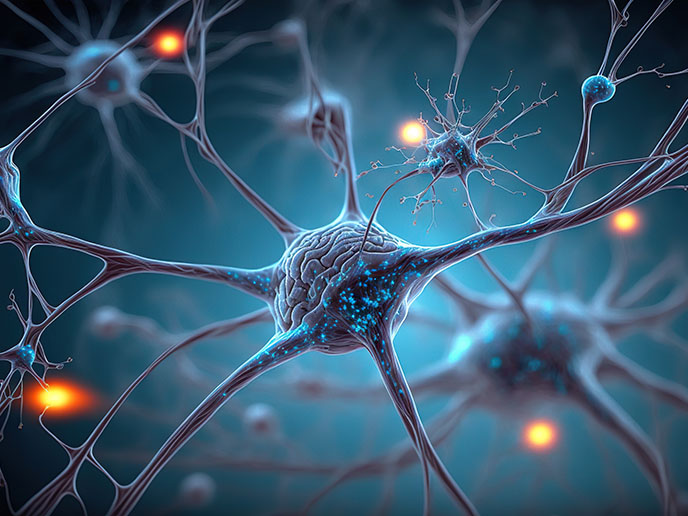Fighting the epidemic of pain
Pain has been called a “European epidemic” and is a debilitating condition for millions of people around the world. Chronic pain affects 19 % of Europeans, with knock-on effects for livelihoods and families. It is an economic problem too: in Denmark, pain leads to 1 million lost work days annually; in the United Kingdom, back pain alone costs the economy over EUR 5 billion each year. Despite these impacts, Europe lags behind some other countries in both pain management and research into pain and its mechanisms. “Unlike in the United States, which has had dedicated programmes for funding pain research for decades, pain research in the EU is severely underfunded and has no dedicated programme at all,” explains Rolf-Detlef Treede, chair of Neurophysiology at the Mannheim Center for Translational Neuroscience and IMI-PainCare project coordinator. To this end, the EU and industry-funded IMI-PainCare project aimed to improve pain management and drug development, and to find novel therapeutic approaches for pain. “The publications produced and those to come from IMI-PainCare will take a step forward toward personalised medicine in the treatment of pain,” adds Ombretta Caspani, scientific project manager at Heidelberg University.
A three-pronged approach
Subproject PROMPT aimed to standardise the assessment of acute and chronic pain and to identify risk factors for development of chronic postsurgical pain. PROMPT evaluated patient-reported outcomes from real-world conditions and in controlled trials. This included a large multinational observational trial on postsurgical pain. BioPain validated several biomarkers for their ability to identify the analgesic (pain relief) effects of drugs. The team used neurophysiological techniques to test functional biomarkers that objectively document the nociceptive (pain) signal processing in specific areas of the nociceptive system – the peripheral nerve, spinal cord, brainstem and certain brain areas. BioPain ran four international trials to test the different biomarkers and parallel trials in rodents. The TRiPP project profiled women with chronic pelvic pain (CPP), to identify biomarkers and novel treatment pathways. Despite the high incidence of CPP, both diagnostic tools and our understanding of associated pathologies are unspecific or do not exist at all. TRiPP used questionnaires, genomic multi-omic analysis of women with and without CPP, psychophysical testing, nervous system assessment and bladder sensitivity testing. TRiPP also aimed to improve pain models through trials in both humans and animals.
Building momentum in EU pain research
Overall, the IMI-PainCare project generated strong overall results. There was also a broad dissemination to the public, including an event to inform policymakers at the European Parliament in March this year, ‘The Future of European Pain Research’. “All three subprojects have produced a rich number of publications and several others are in preparation,” notes Marcel Fröhlich, the EFPIA lead for this project. “We believe that some of the IMI-PainCare-produced literature will be a milestone in the implementation of pain treatment and research,” he adds. The publications could also advance research towards tailored pain management, due to the subjective experience of pain and the wide range of individual variances in patients with chronic pain. IMI-PainCare also initiated a dialogue, INTEGRATE-Pain, with NIH to inspire and facilitate subsequent research funding programmes. “The research on pain biomarkers will be promoted by the Special Interest Group on Pain (PAINterest) recently established within the International Federation of Clinical Neurophysiology and chaired by IMI-PainCare partners,” says Treede.
Keywords
IMI-PainCare, pain, chronic pain, research, biomarkers, therapeutic, pathways, analgesic, nociceptive system

